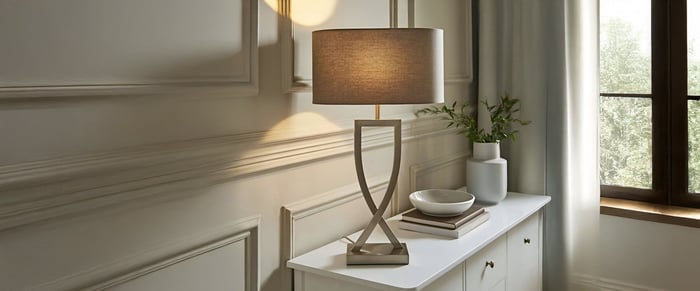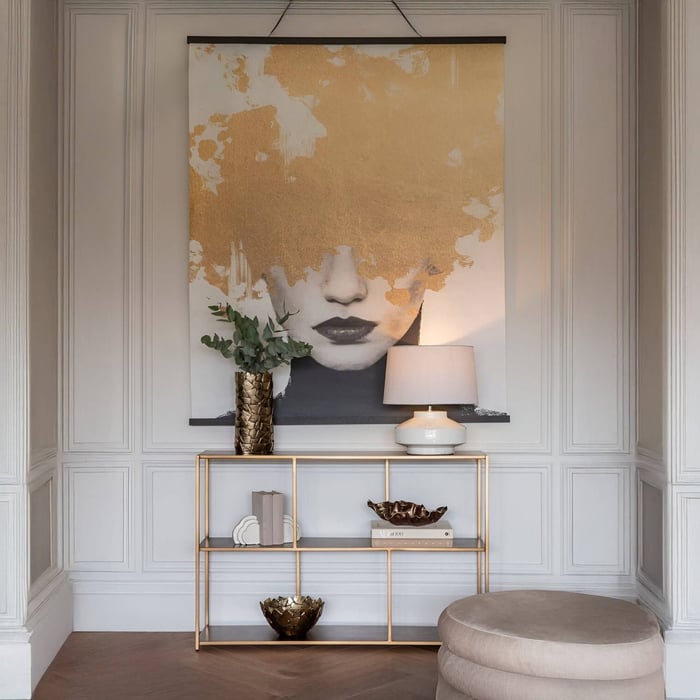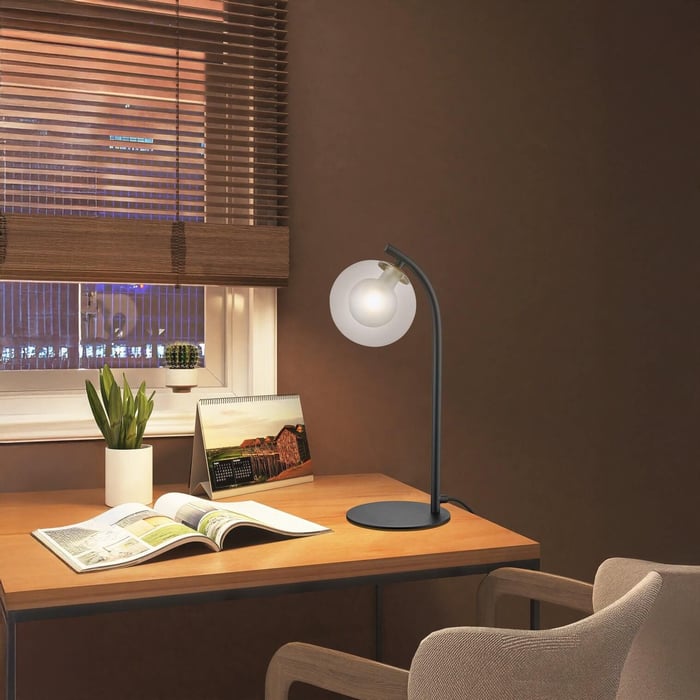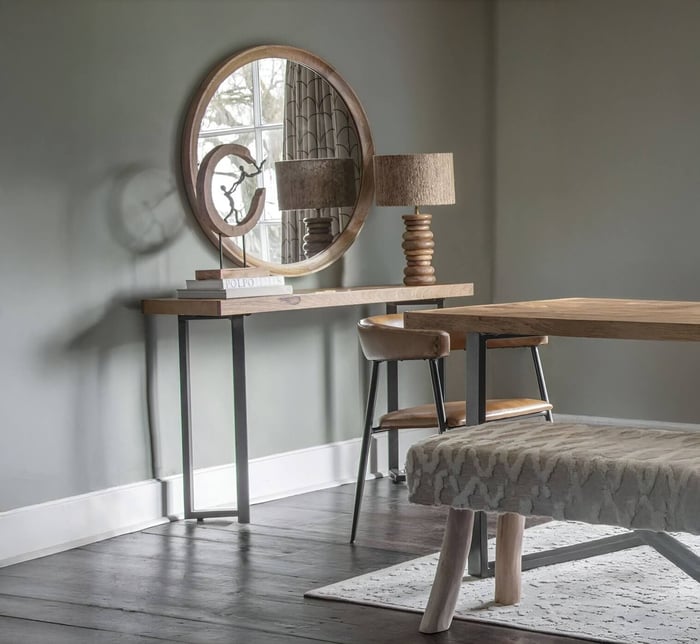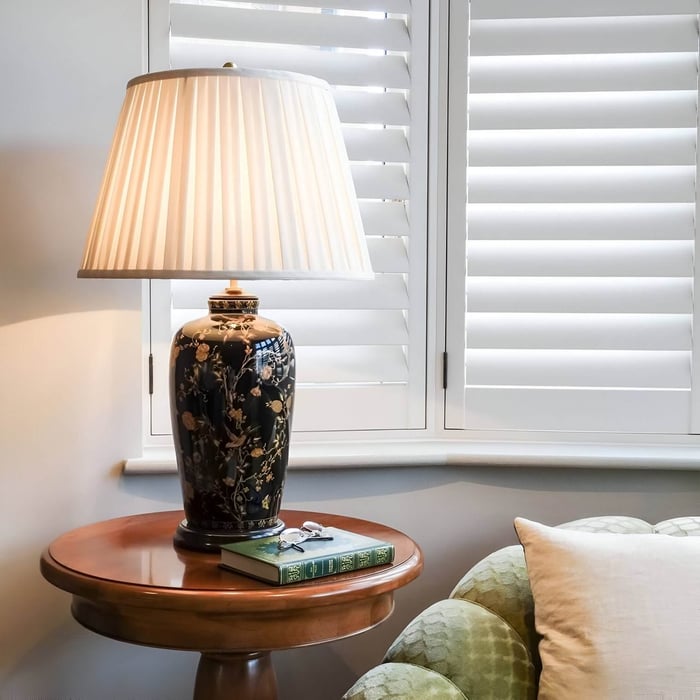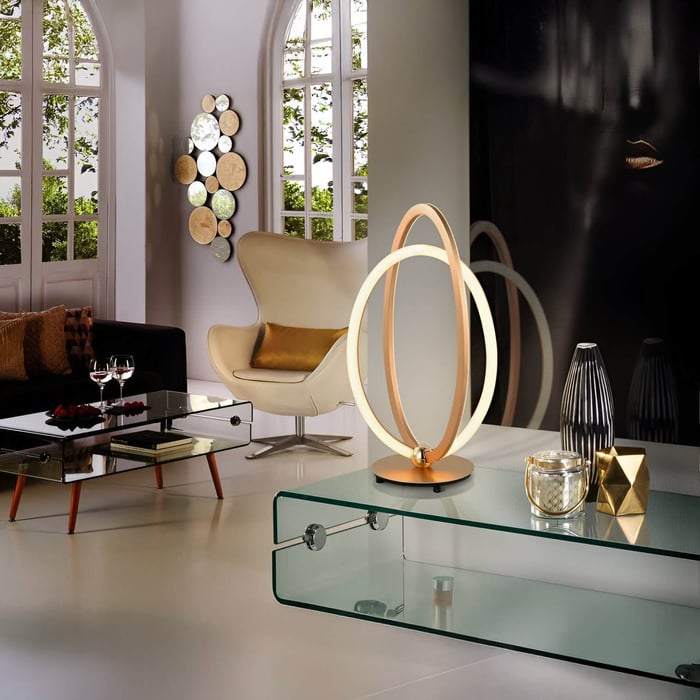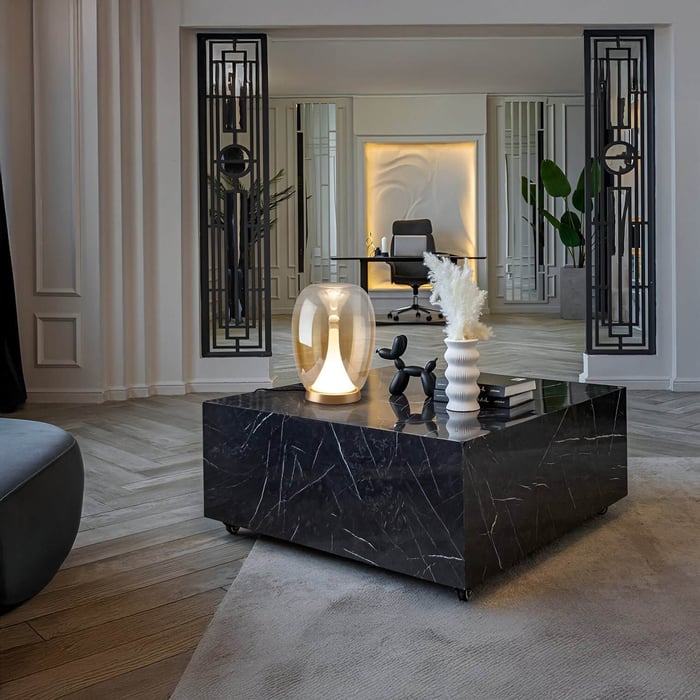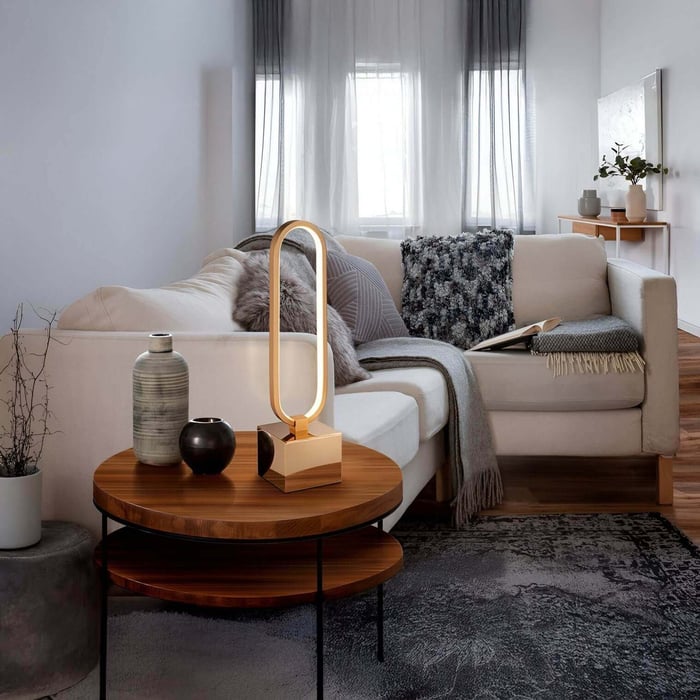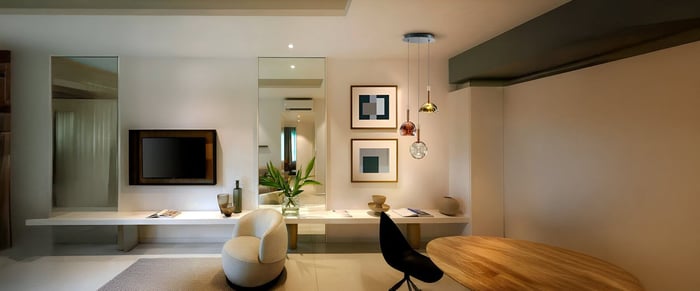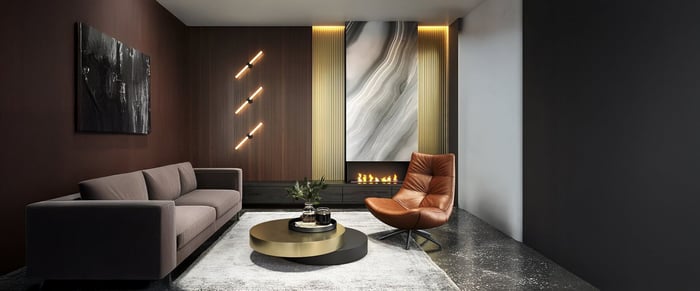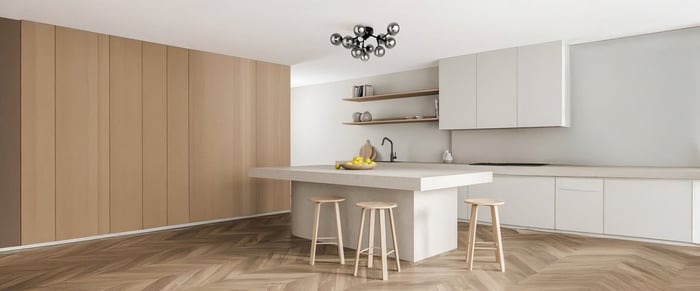Table of Contents
Introduction
Lighting has the power to transform a room, and among the most versatile fixtures are table lamps. Unlike overhead lights, they sit close to eye level, making them ideal for shaping mood, highlighting décor, and providing task illumination. More than functional objects, they also serve as decorative accents that add personality and depth to a space.
From timeless classics in ceramic or brass to sleek modern pieces with LED integration, table lamps can adapt to any interior. They work equally well as Bedroom Lights on nightstands or as Living Room Lights on side tables and consoles. With so many styles and materials available, selecting the right lamp requires balancing aesthetics, functionality, and proportion. This guide explores the major categories of table lamps and how to use them effectively in your home.
Classic Table Lamps
Classic lamps remain enduring favorites thanks to their timeless design and reliable functionality. Often featuring ceramic or brass bases paired with fabric shades, they bring elegance to both traditional and transitional spaces.
Defining Features:
Rounded or urn-shaped bases in ceramic or brass.
Fabric shades that diffuse light softly.
Neutral or warm tones suited to a range of interiors.
Best Uses:
As Bedroom Lights, classic lamps provide soft illumination for reading and relaxing while enhancing symmetry when placed in pairs on either side of the bed.
In living rooms, they complement traditional décor and provide balanced ambient lighting on side tables.
Modern and Minimalist Table Lamps
Modern and minimalist lamps appeal to those who favor simplicity and function. With clean lines, neutral colors, and integrated LED technology, these fixtures are designed to disappear into the background or add sleek refinement.
Defining Features:
Slim profiles with geometric shapes.
Matte finishes in black, white, or metallic tones.
Built-in LEDs for energy efficiency.
Best Uses:
As Living Room Lights, minimalist lamps look striking on a console or side table, providing subtle light without overwhelming the décor.
In bedrooms, they suit contemporary interiors, pairing well with low-profile furniture and neutral color palettes.
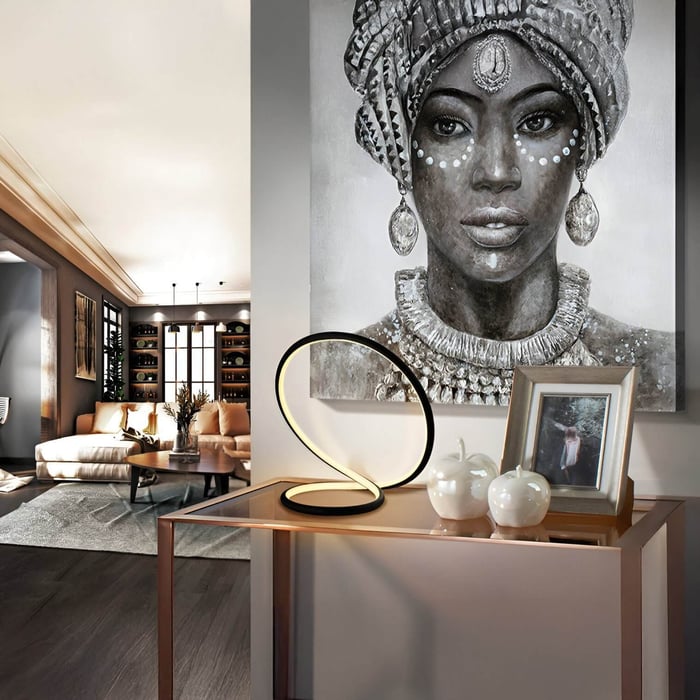
Quirky and Statement Table Lamps
For those who want lighting to double as conversation pieces, statement lamps bring bold shapes, unexpected colors, or artistic flair. These lamps are less about blending in and more about expressing personality.
Defining Features:
Sculptural bases in unusual materials.
Bold shades in bright or patterned fabrics.
Artistic or whimsical designs that act as focal points.
Best Uses:
As Living Room Lights, they add personality to otherwise simple spaces, working especially well on accent tables.
In bedrooms, a single statement lamp can serve as a design centerpiece, particularly in eclectic or artistic interiors.
Wood Table Lamps
Wooden lamps bring warmth and natural texture into interiors. They are particularly well-suited to rustic, Scandinavian, or coastal styles.
Defining Features:
Bases in solid wood or veneered finishes.
Shades in linen or natural fibers.
Organic silhouettes that emphasize grain and tone.
Best Uses:
In bedrooms, wood lamps soften the atmosphere, pairing beautifully with natural textiles and neutral bedding.
As Living Room Lights, they work on side tables beside sofas or armchairs, especially in spaces with exposed beams, wood floors, or organic design elements.
Ceramic Table Lamps
Ceramic bases offer incredible versatility, available in finishes ranging from glossy glazed surfaces to hand-painted patterns. Their adaptability makes them a favorite across a wide spectrum of interior styles.
Defining Features:
Wide variety of shapes and finishes.
Can be subtle and neutral or bold and colorful.
Often paired with classic fabric shades.
Best Uses:
Perfect as Bedroom Lights, ceramic lamps provide a chance to introduce color or texture without overwhelming the space.
In living rooms, they can anchor end tables, tying together different décor elements with their artistic presence.
Metal Table Lamps
Metal lamps deliver durability and a polished finish, often leaning toward industrial, modern, or luxe aesthetics depending on the finish.
Defining Features:
Bases in brass, steel, copper, or bronze.
Finishes ranging from matte black to polished gold.
Shades in glass or metal for targeted illumination.
Best Uses:
In bedrooms, metal lamps with dimmable bulbs create a flexible lighting environment.
As Living Room Lights, they add sophistication, whether in the form of industrial black iron or luxurious gold-plated finishes.
Glass Table Lamps
Glass bases are prized for their ability to diffuse and reflect light elegantly. They work particularly well in formal or transitional interiors where a touch of sophistication is desired.
Defining Features:
Transparent or tinted glass bases.
Light diffusion that creates a soft glow.
Often combined with metallic accents.
Best Uses:
As Bedroom Lights, glass lamps enhance a calm, restful atmosphere while providing gentle illumination.
In living rooms, they contribute elegance when placed on side tables, especially in spaces with reflective finishes or crystal décor.
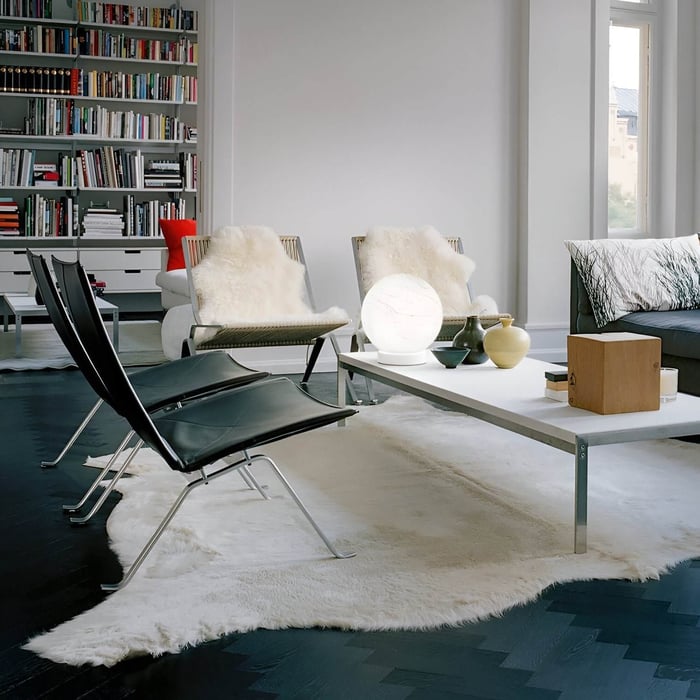
Placement and Proportion Tips
No matter the material or style, correct placement and proportion are critical to making table lamps both functional and stylish.
Height Guidelines:
A table lamp should generally measure 24–30 inches tall.
For reading, the bottom of the lampshade should sit at eye level when you are seated.
Proportion Rules:
The lamp’s height should be about 1.5 times the height of the table it sits on.
Shades should not extend beyond the edges of the table.
Room-Specific Advice:
Bedroom Lights: Place matching lamps on nightstands for symmetry, ensuring the glow reaches across the bed without glare.
Living Room Lights: Position lamps on end tables beside sofas or armchairs for cozy, focused illumination while watching TV or reading.
Practical Considerations:
Opt for dimmable bulbs to adjust mood and brightness.
Use LED options for efficiency and longevity.
Coordinate lampshade materials with nearby textiles for cohesion.
Conclusion
Table lamps are more than accessories; they are essential elements of lighting design. From classic ceramics and warm wood to bold statements and minimalist metal finishes, each type brings unique character and function to the home. As Bedroom Lights, they provide intimate, task-ready illumination. As Living Room Lights, they anchor spaces with warmth and style.
Choosing the right lamp means balancing proportion, placement, and energy efficiency while letting materials and design reflect your personality. By thoughtfully selecting fixtures, you ensure table lamps serve as both functional tools and decorative accents that elevate your interiors.
FAQs
What styles of table lamps are best for bedrooms?
Classic ceramic lamps or warm wood bases with fabric shades work well as Bedroom Lights, providing soft illumination for reading and relaxation.
How do I choose table lamps for living rooms?
For Living Room Lights, choose lamps that balance style and function. Glass or metal lamps add elegance, while modern minimalist designs suit contemporary spaces.
What is the ideal height for a table lamp?
Most table lamps should be between 24–30 inches tall. The bottom of the shade should sit at eye level when you’re seated for optimal lighting.
Are LED table lamps worth it?
Yes. LED table lamps are energy-efficient, long-lasting, and often dimmable, making them a smart choice for both bedrooms and living rooms.
Should table lamps match in a room?
Not always. Matching pairs of table lamps add symmetry in bedrooms, while mixing styles in living rooms can create variety and personality.
